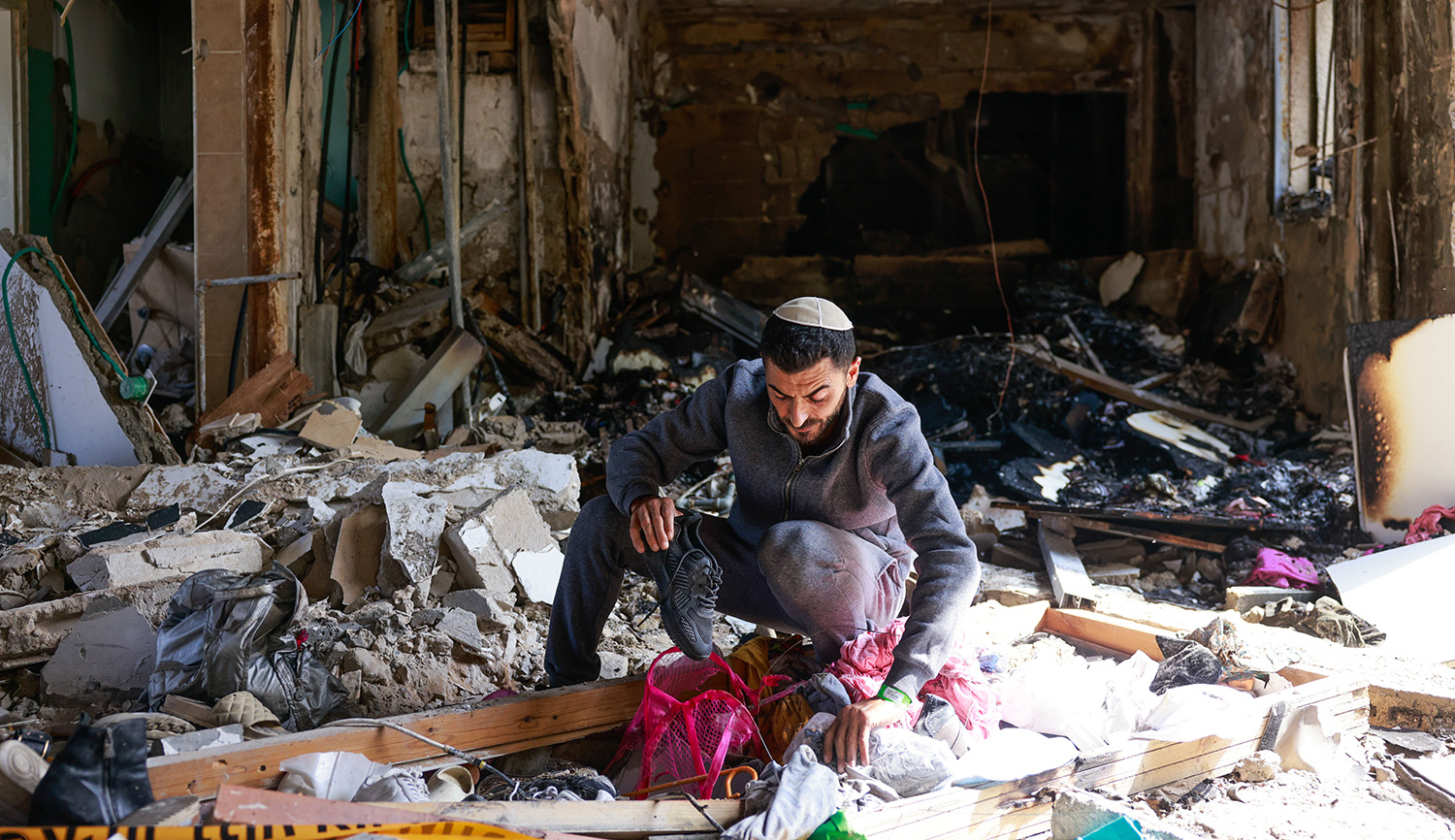On Monday, the IDF shelled Iranian-linked targets—most likely held by Hizballah—in the Quneitra province, which lies in the Syrian part of the Golan Heights. There can thus be little doubt that the Islamic Republic has positioned its proxies in deadly proximity to Israel’s borders. Yossi Yehoshua comments:
Hizballah is trying to entrench itself in Syria now that Bashar al-Assad has reclaimed the Syrian side of the Golan Heights, precisely as it did in 2014 and 2015, [before Syrian rebels retook the area]. This was when one of the terror organization’s more prominent members, Jihad Mughniyeh, was appointed by Hizballah and the Iranian Revolutionary Guards to be in charge of the Golan Heights area and of planning terror attacks against Israeli civilians. Mughniyeh was killed in a 2015 airstrike attributed to Israel. . . .
In addition, an increase in the number of incidents along the Syrian border was noted over the past two months, with the Israeli strikes in Syria . . . meant to signal to the enemy that it is best not cross any red lines. This is similar to the message Jerusalem conveyed to Iran when it [previously] attempted to entrench itself in [this part of] Syria and was pushed out of there after a series of Israeli airstrikes.
Unlike the situation of four years ago, Iran now has a real presence along the Syrian border, while Hizballah is working to resume its confrontations with Israel. And since the organization is up to its neck in domestic problems and thus cannot allow itself to face Israel on the Lebanese front, it finds Syria to be a more comfortable staging ground from which to take on the Jewish state.
More about: Golan Heights, Hizballah, Iran, Israel & Zionism, Israeli Security, Syria


